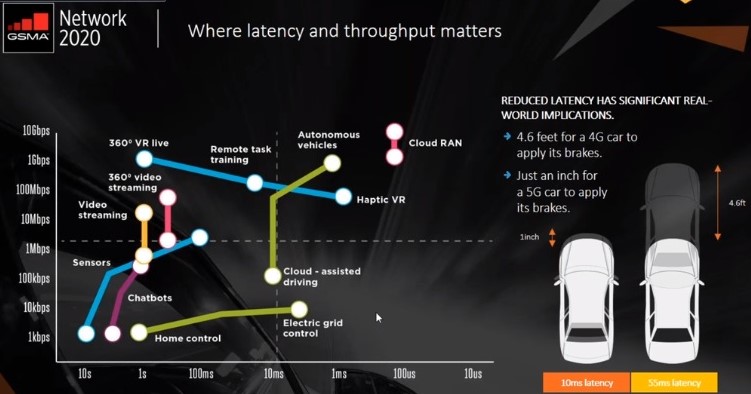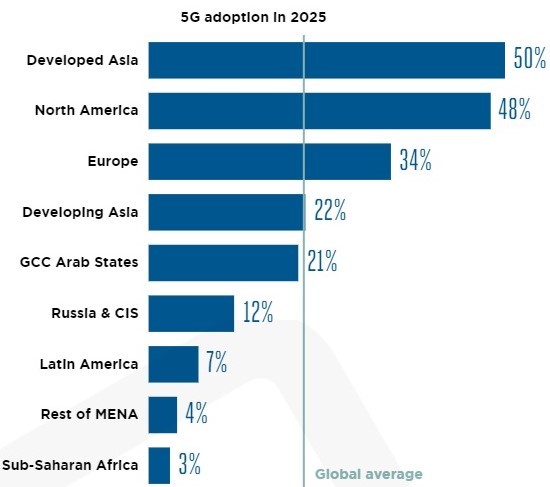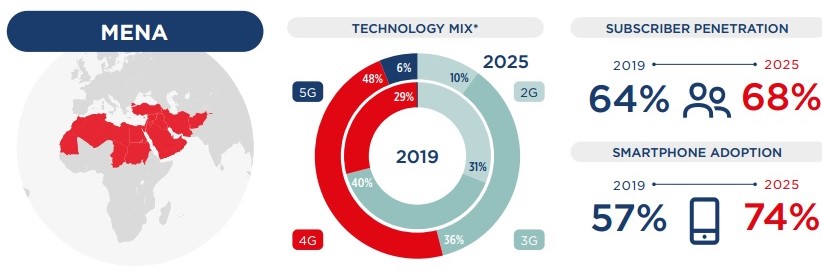Etisalat takes a three-phased approach to commercialise 5G networks in UAE
UAE telecom operator to focus on to enhance 5G mobile broadband in non-standalone mode in next two years

Etisalat is taking a three-phased approach in the commercialisation of 5G in the UAE and focuses on to enhance 5G mobile broadband in the non-standalone (NSA) mode in the short term, a top company official said.
NSA means beaming 5G over the existing 4G LTE infrastructure while standalone (SA) means beaming 5G over the dedicated spectrum and infrastructure. The current standard for 5G is NSA and is focusing only on the speed.
“We are taking a phased approach to maximise our return on investment and get confidence in the technology maturity. We are very proud in what we have achieved in 5G planning and deployment and ready to meet future demands from the customers,” Hani Yassin, Group Senior Director for Technology Strategy at Etisalat, said.
Etisalat is the first operator in the region to roll out 5G services.
Jawad Abbassi, Head of Middle East and North Africa at GSMA, a trade body that represents the interests of mobile network operators worldwide, said that mobile broadband is the foundation for the digital economy and knowledge-based economy while governments and operators need to maintain investments in 5G with proper policy, spectrum and applications for the industry to grow.
GSMA expects 1.7b 5G cellular connections globally by 2025 after adjusting its global forecasts in the near term to account for the effects of Covid-19 and reduced its 5G cellular connections for 2020 by 24%.
The Middle East and North Africa will have 47m 5G connections, representing 6% of the total connections by 2025.
Are you a pro? Subscribe to our newsletter
Sign up to the TechRadar Pro newsletter to get all the top news, opinion, features and guidance your business needs to succeed!
Where latency and throughput matters

In the mid-term (three to five years), Yassin said that Etisalat will focus on high throughput and low latency for applications in the standalone mode when the new 5G core is ready and will be looking at industrial applications such as ports operations for operating cranes and vehicles wirelessly, immersive VR experience in gaming and training.
In the long-term scenario (5 to 10 years), he said that the focus will be on mission-critical services such as autonomous vehicles and remote surgery in the standalone mode.
“We need to understand the latency requirements before launching it commercially,” he said.
Krishna Chinta, Program Manager for Telecommunications and IoT at International Data Corporation (IDC), said that the emergence of truly innovative enterprise 5G use cases will not take place until the availability of release 16 and 17 standards, which will bring about major improvements to the current 5G technology.


As release 17 standards are expected to be released only in 2021, he said the true innovation in 5G enabled enterprise use cases can't be expected before 2021.
In the short-term, he said that telecom operators, unequivocally, see the need to roll out 5G networks to tap into technology features such as network slicing and dynamic network capacity allocation offered by 5G to deal with a situation that the world is currently faced with.
“As operators are making a significant amount of investments in 5G, long term return on investment will continue to drive their strategic decisions. At the same time, they can't overlook the short-term market developments as they are required to take the necessary tactical measures,” he said.
“Both the telecom operators in UAE are among the early adopters of 5G technology in the region and they are determined to tap into the true business potential of the 5G technology. Although, there could be a shift in the operators' short-term Capex priorities, because of the current macroeconomic situation, both the operators will continue to promise strong support to their long-term 5G investment plans,” he said.
Karim Yaici, Senior Analyst at Analysys Mason, said that operators will need to work closely with businesses and regulators to identify and explore more-radical commercial use cases that could benefit from 5G in the longer term such as industrial IoT.
Chinta said that the business community is embracing a variety of technologies such as cloud, AI, and RPA to digitise some of their enterprise workloads or as part of their digital transformation projects as some of these technologies require faster and more resilient connectivity.